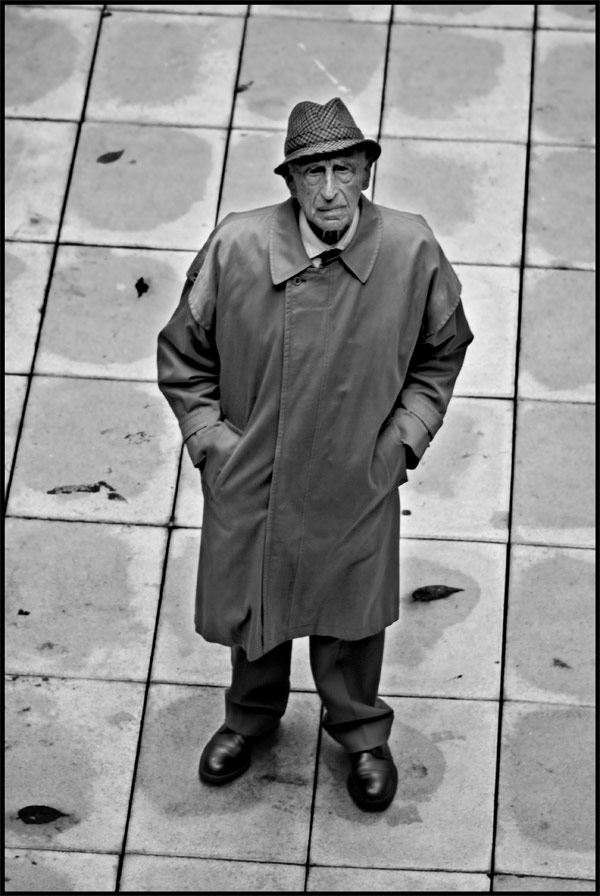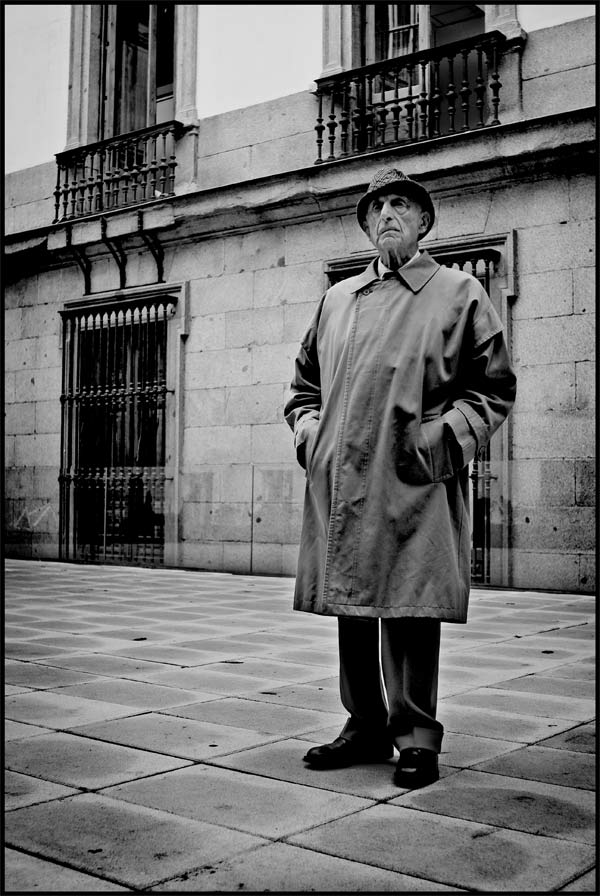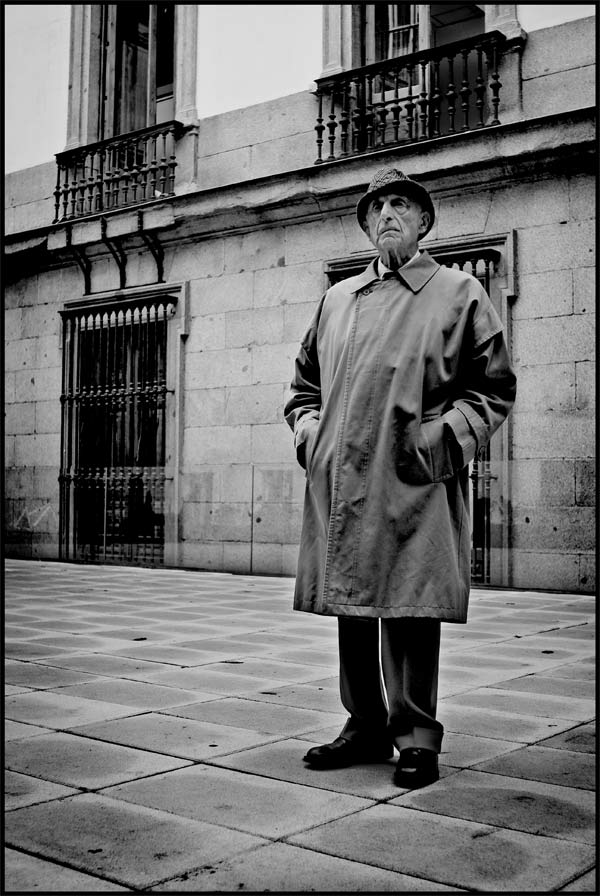Gillo Dorfles, between Art and Design
On April 16th, 2011, a sunny Saturday morning in Milan, Gillo Dorfles invited the Experimentatv team to record this interview. A long friendship and deep admiration connects Editorial Experimenta and Professor Dorfles, and over the years, Experimenta has interviewed the author and published his articles both in print and online.




